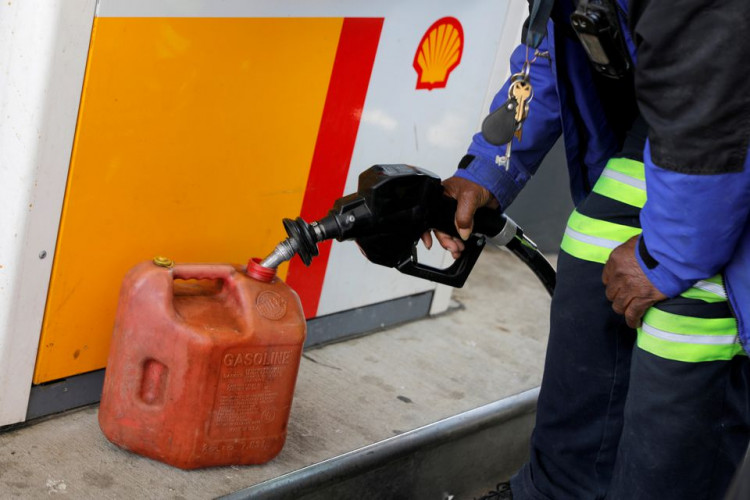Goldman Sachs, a significant player in commodity markets, suggests that the steady global economic growth, coupled with ongoing production cuts from OPEC+, could lead to a supply deficit in the oil market for the latter half of the year, consequently boosting oil prices.
Optimistic Global Economic Outlook + Oil Producers' Cuts = Supply Deficit
Goldman Sachs analysts, including Daan Struyven, predict in a recent report that the global oil demand for the third quarter will reach a record high of 102.9 million barrels per day. This robust demand could trigger a surplus deficit of 1.8 million barrels per day in the second half of the year and a deficit of 600,000 barrels per day by 2024. However, Goldman Sachs continues to forecast a Brent crude target price of $93 per barrel over the next 12 months.
The analysts noted that recent economic data indicate a significant reduction in the risk of economic recession. With inflation data cooling down, market sentiment has been boosted, particularly in regions like the United States, India, and Southern Europe, where oil demand remains stable. Amid seasonal factors, global oil demand in the third quarter is expected to hit a new high:
Fundamentally, the ongoing growth of the service sector GDP, which constitutes 70% of global oil demand, has increased oil demand, surpassing the stagnation of global goods demand. In the transport services sector, aviation fuel demand still has room for recovery, especially in the ASEAN and China. Under the influences of OECD vacation travel and Middle East's peak electricity usage, robust service sector activity and seasonal factors are expected to push global demand to a record of 102.9 million barrels per day in the third quarter.
In parallel, OPEC+ countries have initiated production cuts this year and announced to continue these reductions until the end of 2024. Saudi Arabia, in particular, announced an additional cut of 1 million barrels per day in June and extended the cut earlier last month. Goldman Sachs anticipates that Saudi Arabia will soon announce the extension of its cuts until September, further tightening crude oil supply.
Analysts claim that OPEC+'s measures to cut production have already taken effect. Oil prices have bounced back significantly in July, and Saudi Arabia might reduce cuts to 500,000 barrels per day starting from October. Nevertheless, due to increased oil demand, a supply deficit of 1.8 million barrels per day might still occur in the second half of the year.
High Inventories and Increased Drilling Investments Limit Upward Price Potential
While Goldman Sachs forecasts a supply deficit in the oil market, they also believe high oil inventory in major developed countries, a significant increase in OPEC's spare capacity, the revival of upstream drilling investments, and the declining cost of U.S. oil production all limit the potential for an increase in oil prices.
According to data from the International Energy Agency (IEA), OECD's commercial stockpile rose to 2.824 billion barrels in May, 55 million barrels higher than expected. Goldman Sachs projects that the OECD's commercial stockpile will further increase in June and July.
Furthermore, although oil prices have been relatively sluggish since the end of last year, investments in international offshore oil fields and the number of drilling rigs outside the U.S. have surged over the past 18 months, indicating a significant increase in oil supply in the coming years.
In addition, analysts indicate that with the easing of supply chain blockages and labor tightness, U.S. oil production costs are decreasing.
Although the number of drilling rigs in the U.S. is currently on a downward trend, the global number is increasing. Analysts suggest that if crude oil prices bounce back to above $95 per barrel, U.S. shale oil manufacturers may accelerate capacity expansion, increasing oil supply.
Thus, Goldman Sachs maintains a cautious outlook on oil prices, believing the room for future price increases is limited. The firm predicts Brent crude will rise to $93 per barrel in the second quarter of 2024.






